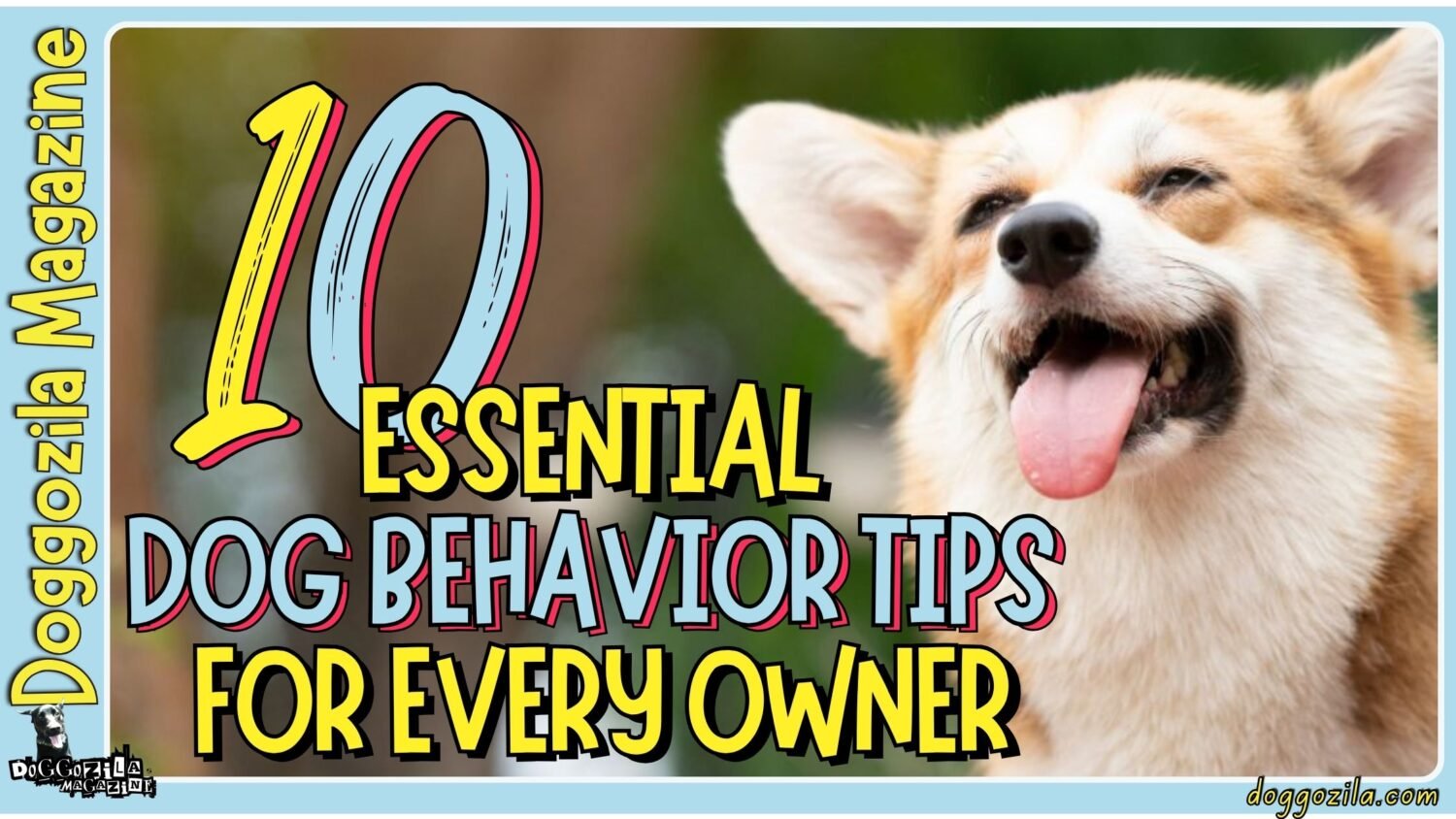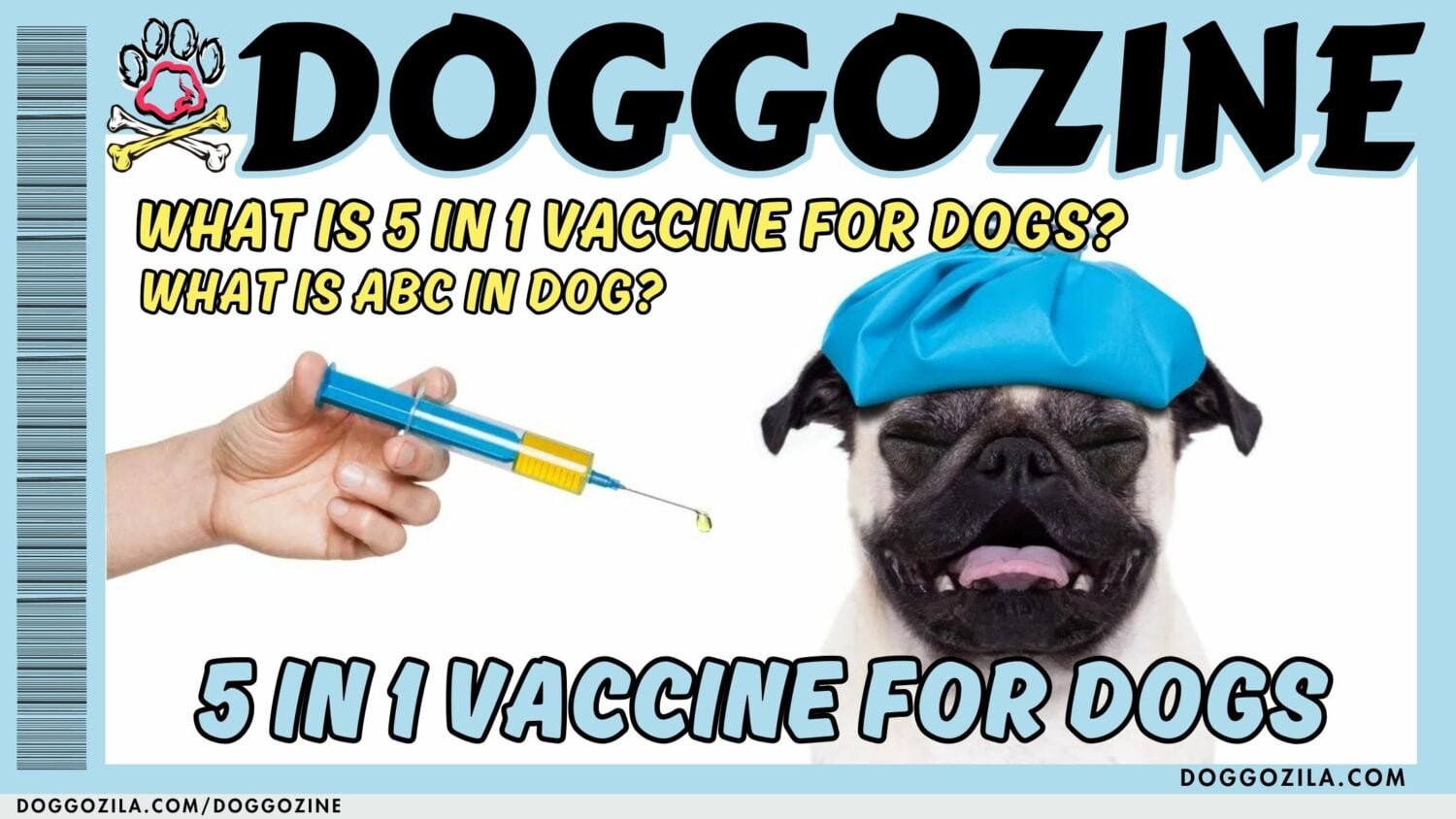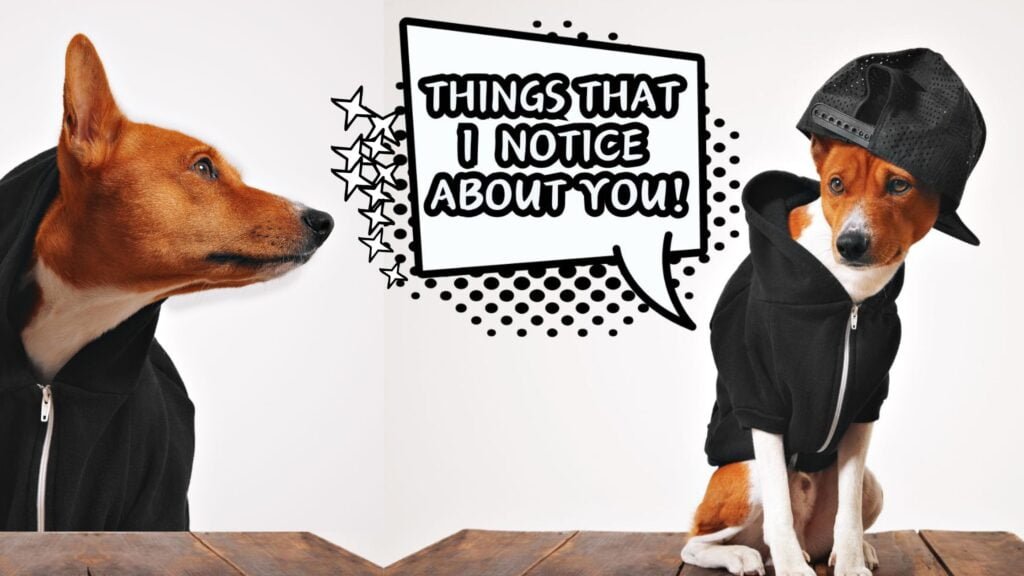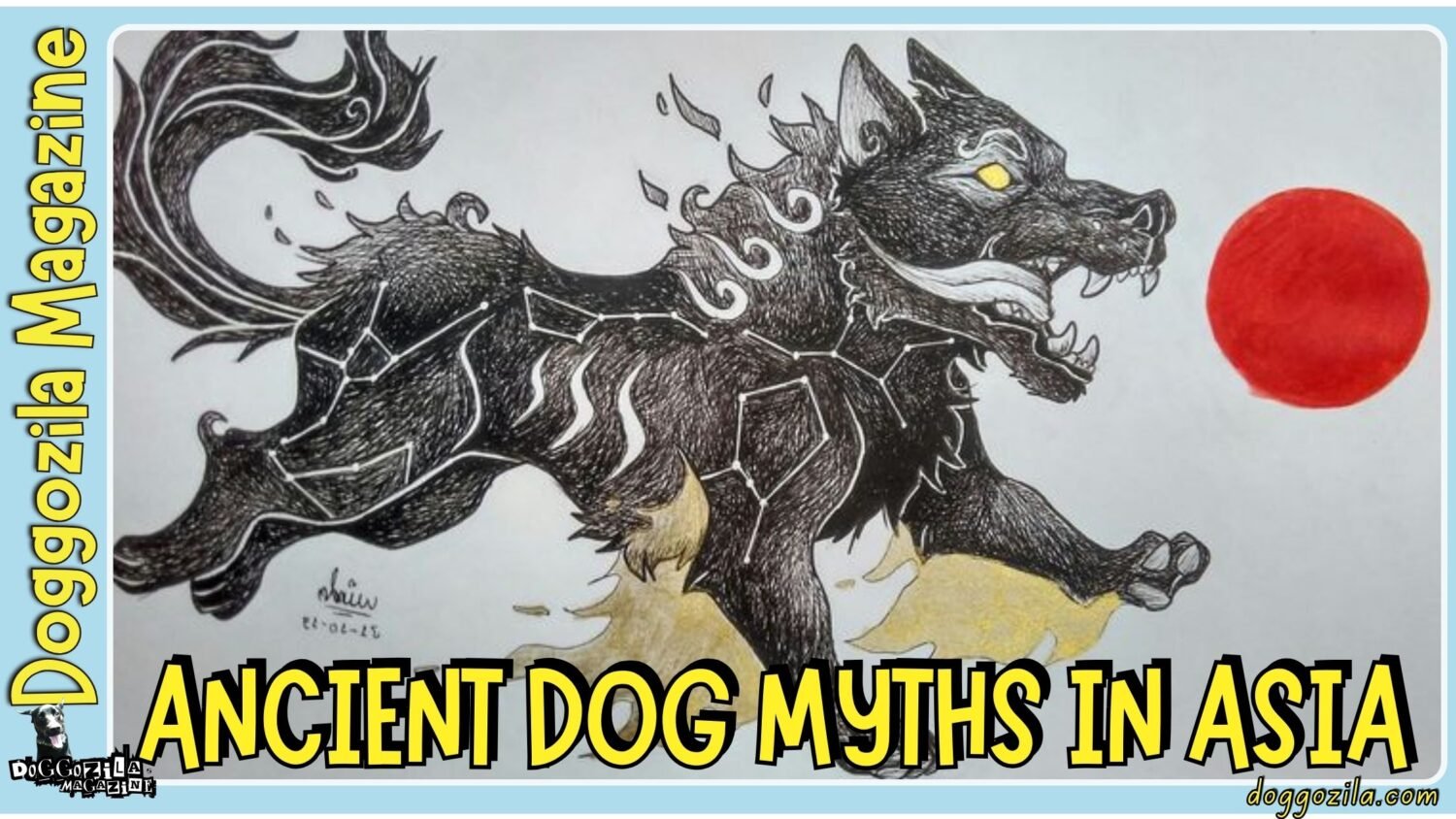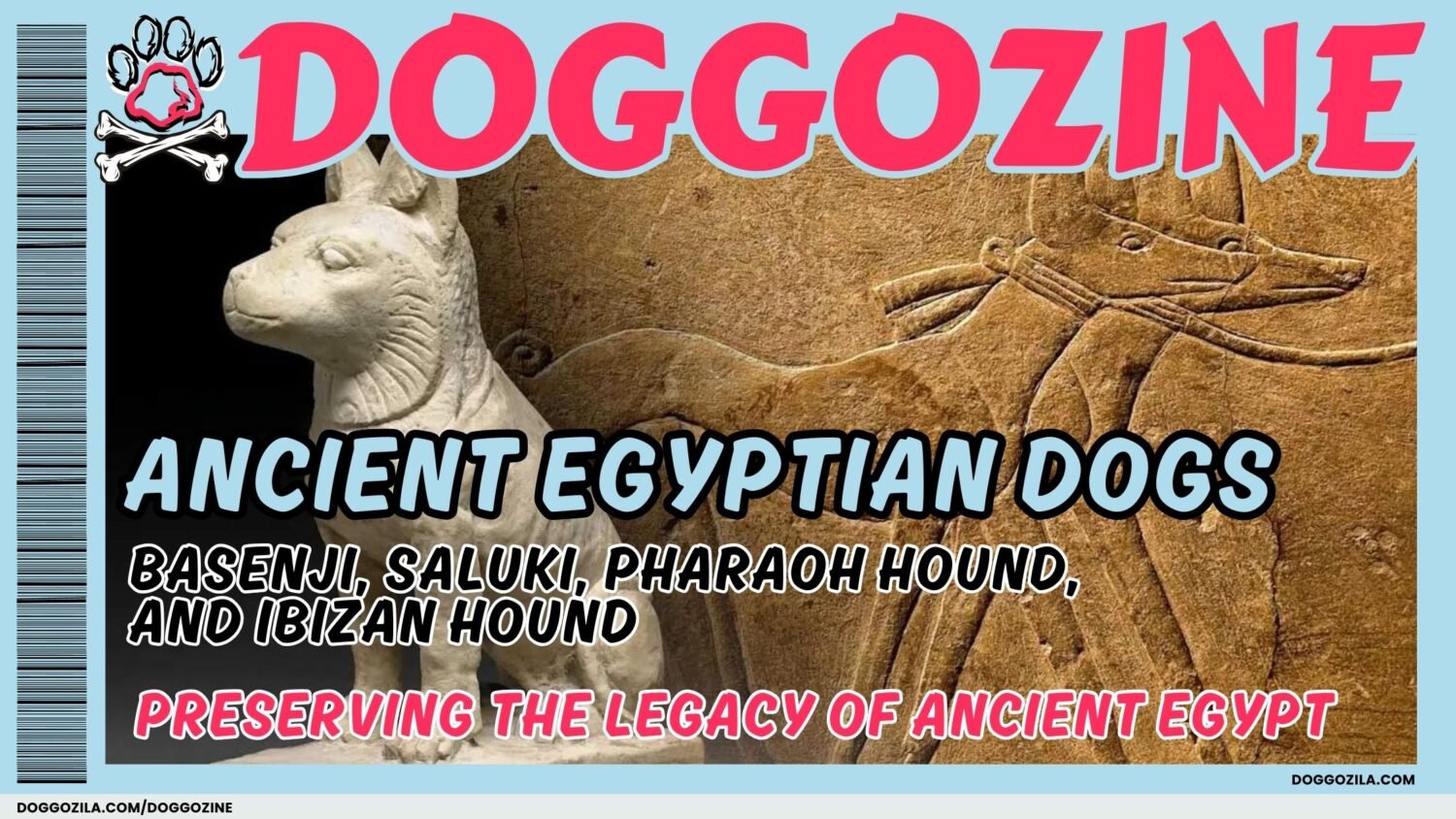Training your furry friend to pick up after themselves isn’t just a neat trick—it’s a fantastic way to bond, stimulate their mind, and keep your living space tidy. If you’ve ever wondered how to teach your dog to clean up toys, you’re in the right place. Every pet parent dreams of a dog who not only plays hard but also tidies up afterward like a good roommate.
Teaching your dog to clean up toys isn’t just a neat trick—it’s a powerful way to build communication, enrich mental stimulation, and strengthen your bond. With a sprinkle of consistency and a dash of creativity, this training session transforms into a daily adventure. Plus, it’s surprisingly practical; say goodbye to the Lego-like pain of stepping on chew bones at midnight. Ready to turn your pooch into a four-legged Marie Kondo?
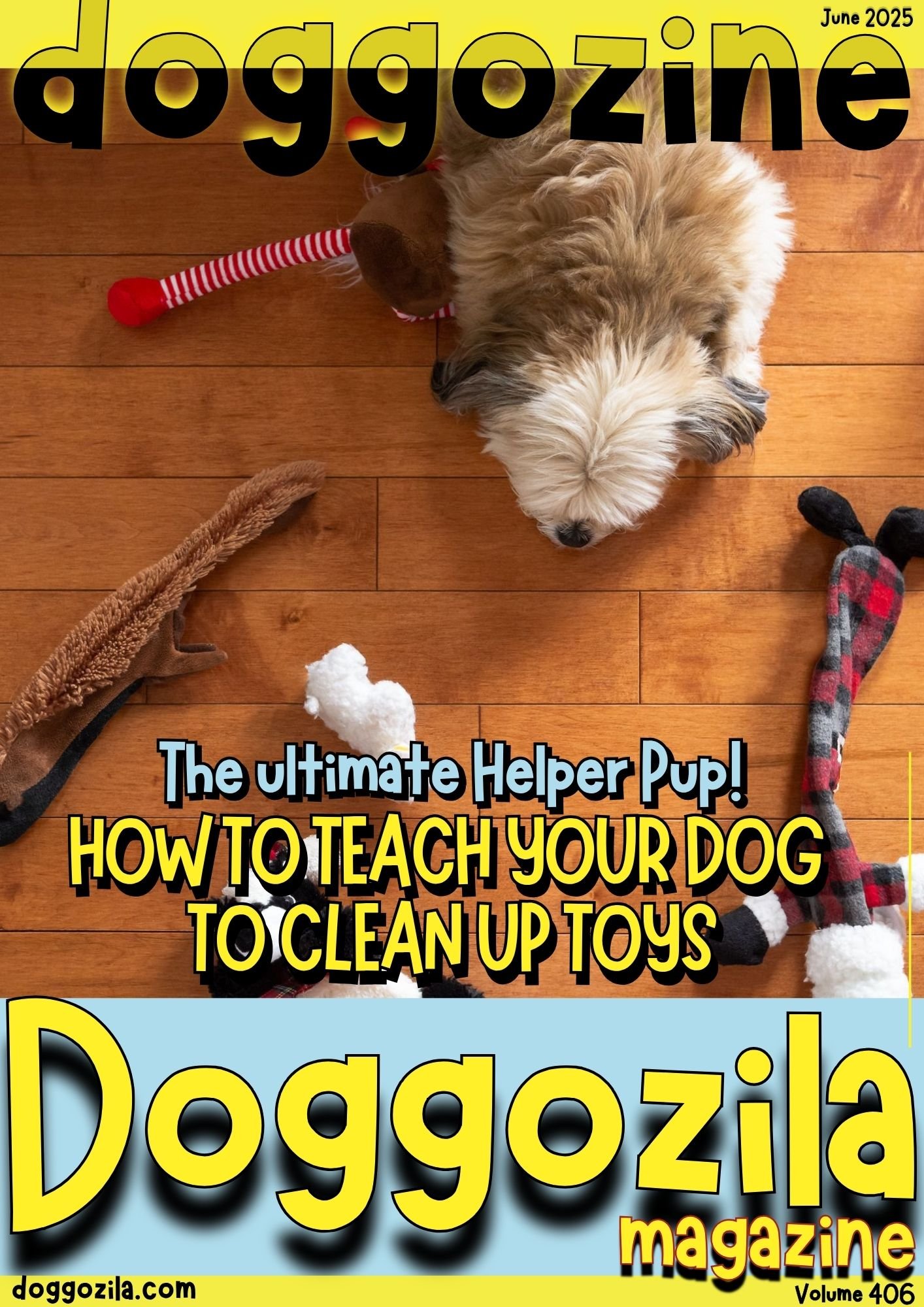
CHOOSE THE RIGHT TOY BASKET TO ENCOURAGE THE CLEAN-UP HABIT
Dogs respond better to a routine tied to their play zone, so keeping the basket there reinforces the behavior effortlessly. Keep the bin consistently stocked with items your dog already loves. This primes them to interact with the space during and after playtime. The more they associate that basket with their favorite things, the more success you’ll have training them to use it.
Dogs, like humans, love convenience—placing their toy basket in a familiar corner helps build intuitive behavior. Opt for an open bin that’s low enough for your dog to see and reach into without trouble.
Use Clicker Training to Teach Your Dog to Clean Up Toys Naturally
Clicker training works wonders by marking the exact moment your dog performs the right action. Start by clicking and rewarding when your dog picks up a toy—don’t worry about where it goes just yet. Gradually shape the behavior by moving closer to the basket and only rewarding when the toy drops in.
This breaks the behavior into manageable chunks your dog can build confidence with. Many trainers report faster progress using clickers because the feedback is so immediate. Keep sessions short, fun, and upbeat to maintain that tail-wagging enthusiasm.
Transform Cleaning Into a Game Dogs Actually Love
Dogs are wired for play, so turning clean-up time into a game naturally draws their attention. Use fun voices, exaggerated praise, or a countdown timer to raise the stakes. You can even race your dog to see who “cleans up” fastest—it becomes a quirky routine they look forward to.
Studies show dogs perform better with dynamic cues and energy-rich feedback. Keep switching up the toys involved to avoid boredom. The goal is to make clean-up feel like a cool secret mission instead of a chore.
🔑 Key Points: Use an open, low bin in a familiar play area to make clean-up intuitive. Keep the basket stocked with favorite toys to reinforce positive associations.

WHY USING A CUE PHRASE HELPS TEACH YOUR DOG TO CLEAN UP TOYS WITHOUT CONFUSION
Choose a command that feels natural—something like “Tidy Up” or “Put it Away“—and stick to it with laser precision. Repetition and tone consistency are key; dogs don’t speak English, but they do speak pattern. This cue, once associated, becomes the trigger your dog waits for when playtime ends. Over time, it becomes just another part of the play-and-reset cycle.
A verbal cue bridges the gap between human intention and canine action, turning abstract ideas into clarity.
Repetition Builds Familiarity When You Teach Your Dog How to Clean Up Toys
Dogs thrive on routine, and repeating your cue consistently wires it into their memory. Each toy-drop moment becomes an opportunity for reinforcement. You may find your dog anticipating the cue once they see you preparing the toy bin. During early phases, lavish praise and rewards to seal the association. Dogs are excellent at linking actions with positive outcomes, especially when those outcomes involve treats or affection. The more you practice, the faster you’ll see autonomous behavior emerge.
Don’t Switch Up the Command When Teaching Consistency
Sticking with one command prevents confusion in your dog’s understanding. Changing it midway through training resets their progress and introduces unnecessary complexity. You want clean-up to feel like second nature—not a puzzle they need to solve anew each time. Even if others interact with your dog, brief them on using the same phrase. Unified language across the household ensures the habit sticks. This consistency makes your dog feel confident and successful.
Pair Visual Cues with Verbal Commands to Teach Your Dog to Clean Up Toys Faster
Some dogs are more visually inclined, responding better when they see a hand gesture or motion. Combine your verbal cue with pointing to the basket or tapping its rim. Over time, your dog will link the sight of your hand gesture with the action required. Dogs trained in visual signaling often perform better in busy or noisy environments. It’s like giving them subtitles for your instructions. Think of it as synchronized choreography: voice and motion in harmony.
🔑 Key Points: Mark and reward small steps (picking up a toy, then dropping it in the basket). Short, upbeat sessions with immediate feedback speed up progress.
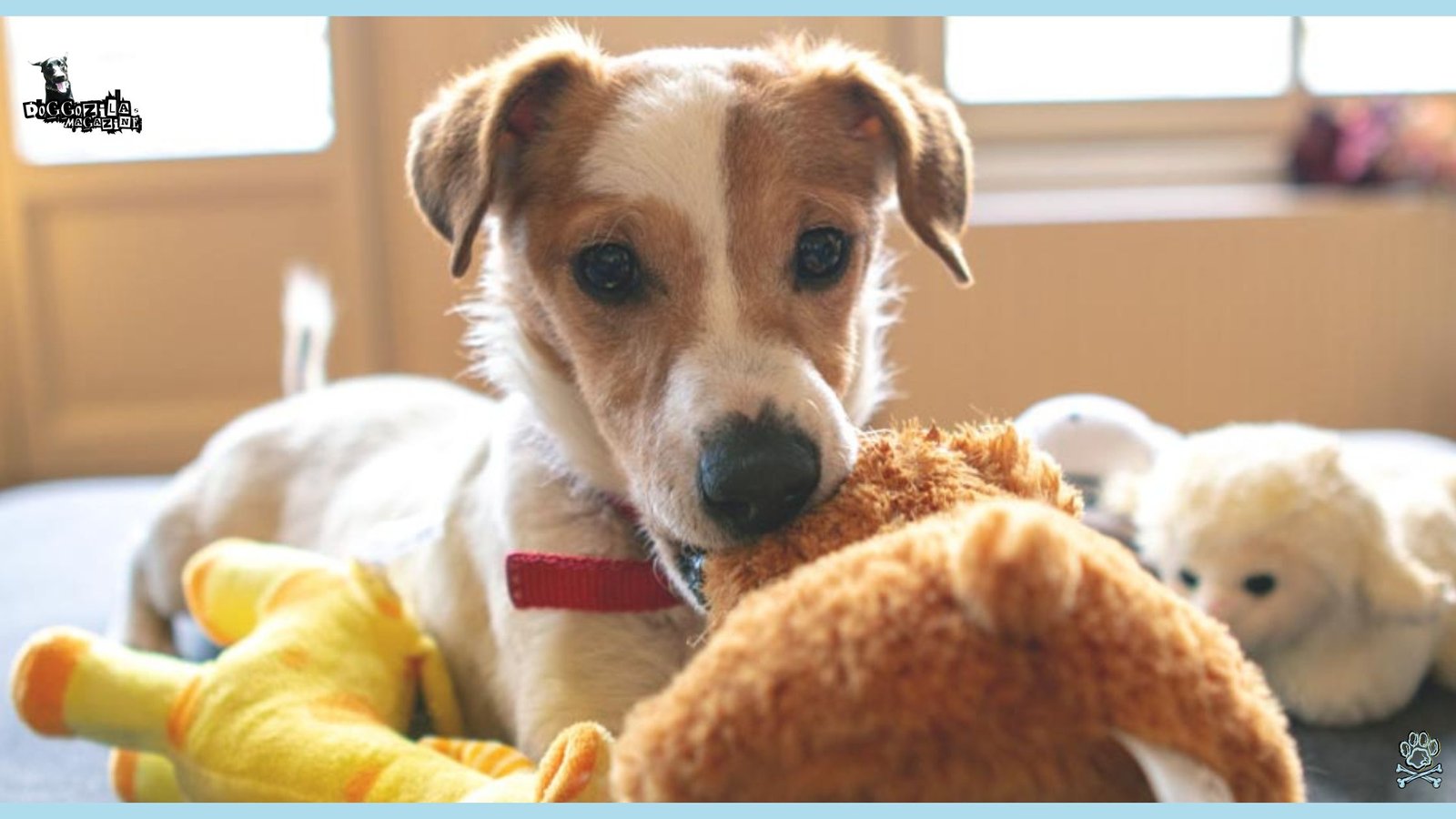
USE PLAY-DRIVEN ROUTINES TO TEACH YOUR DOG TO CLEAN UP TOYS IN ANY ENVIRONMENT
Start in low-distraction areas like your living room and build up to parks or backyards. This establishes confidence before introducing more complex settings. The goal is to generalize the behavior so your dog can perform it anywhere, anytime. That way, your training sticks through chaos and calm alike.
Integrating clean-up into natural play routines makes the behavior seamless. Instead of ending play abruptly, transition into “pick-up mode” using cues and gestures.
Practice in New Rooms to Reinforce Clean-Up Versatility
Different rooms bring unique distractions—treat them as new levels in your training quest. Try practicing clean-up in your bedroom, kitchen, or even outside. Each environment will test your dog’s ability to transfer skills. Keep the toy basket consistent and praise like it’s their first success. It’s not just training—it’s exploration for your dog. Repetition in varied spaces locks in the behavior.
Reward Public Pick-Ups When You Teach Your Dog to Clean Up Toys
Let your dog show off a bit—bring toys to the park and end the session with a clean-up game. Even one successful retrieval and deposit deserves celebration. People love seeing well-trained dogs, and your pup will bask in the spotlight. Social settings also introduce mild pressure that encourages your dog to focus. This setting isn’t just play—it’s performance training. Eventually, your dog becomes the superstar of any outdoor hangout.
Keep the Game Fresh by Rotating Toy Types
Dogs can get bored just like us, so mix in new textures, shapes, or even DIY toys. Each new item rekindles curiosity and keeps clean-up feeling like a novelty. Re-training on a new toy doesn’t take long once your dog gets the gist. Toy rotation is also great for mental stimulation. Use this opportunity to test how well your command generalizes. Dogs who adapt quickly here are really “getting it.”
🔑 Key Points: Use playful cues (countdowns, races, exaggerated praise) to engage your dog. Rotate toys to prevent boredom and maintain excitement.

CLEVER REWARD SYSTEMS THAT MAKE DOGS WANT TO CLEAN UP
Sure, treats are classic—but variety makes rewards more motivating. Use a combo of kibble, praise, playtime, and even favorite toys as a reward cycle. This approach keeps your dog engaged, guessing, and striving. Once clean-up becomes rewarding in itself, you can phase out high-value treats.
At this point, you’ve transformed a chore into a habit built on good vibes. Reward systems, when thoughtfully constructed, are pure magic.
Variable Reward Schedules for Dogs Who Already Know the Drill
Once your dog “gets it,” you don’t have to reward every single time. Instead, surprise them now and then with something awesome. This keeps their behavior sharp and excitement high. It’s like gambling without the risk: “Will I get a chicken cube this time?” Trainers call this the slot-machine effect. It’s proven to strengthen behavior over the long term.
Incorporate Mini Games During Clean-Up as Motivation
If your dog loves chasing or tugging, build it into clean-up time. For every toy they drop, offer a quick game as a bonus. This reward isn’t static—it’s dynamic, personal, and immediate. The session feels less like training, more like fun with structure. Dogs love when they feel like they’ve earned playtime. It adds joy to the task and boosts bonding.
When You Teach Your Dog to Clean Up Toys, Tie Rewards to Progress
If your dog drops one toy, give minor praise; three toys, now we’re talkin’ celebration. Show them that effort builds bigger outcomes. This scalable reward model motivates more ambitious attempts. Some owners even use a points system with cumulative bonuses. Just make sure rewards escalate in perceived value. It builds excitement and a sense of earned accomplishment.
🔑 Key Points: Stick to one clear command (e.g., “Tidy Up”) and pair it with gestures (pointing/tapping the basket). Consistency across all household members prevents confusion.
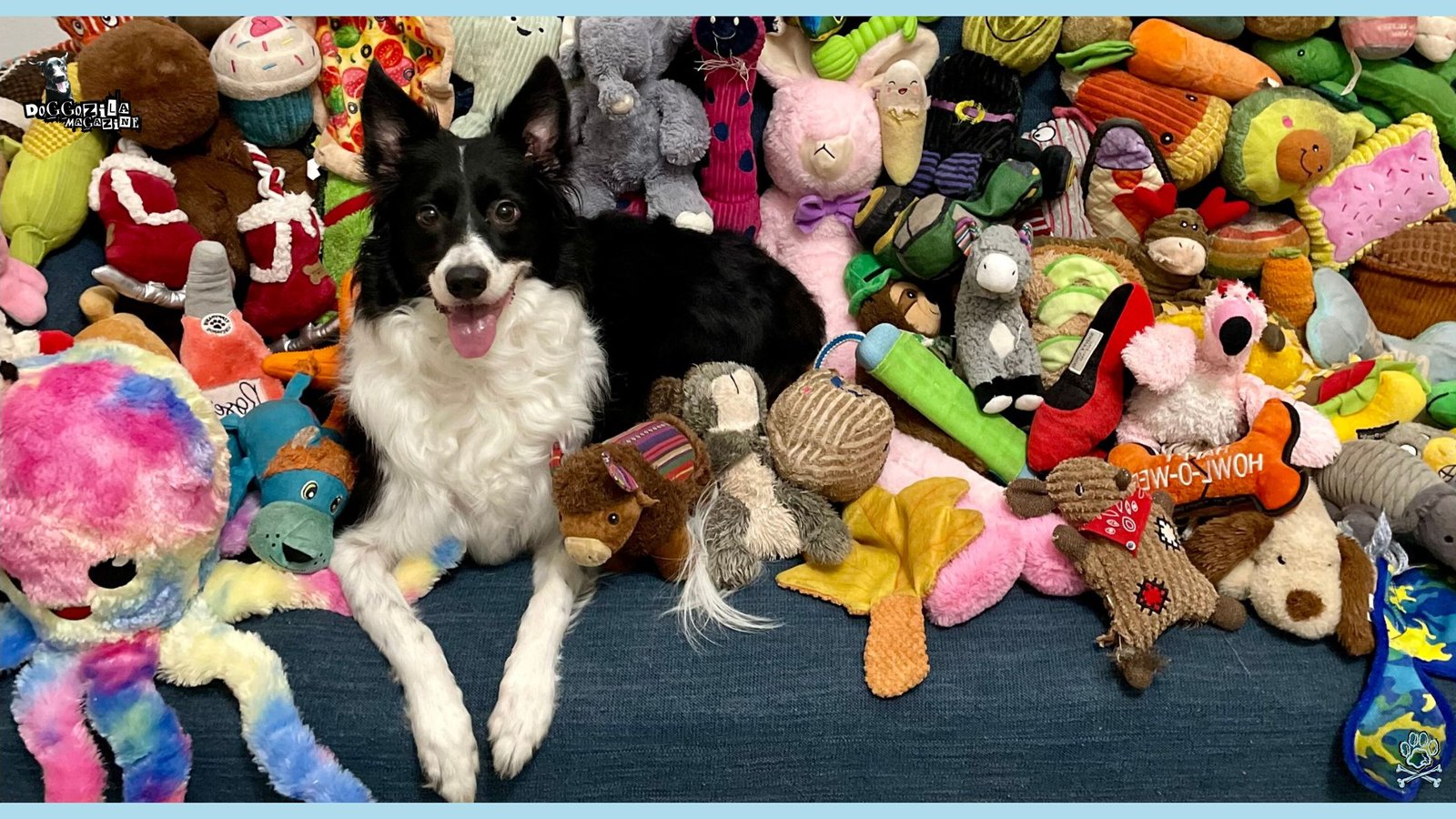
TEACH YOUR DOG TO CLEAN UP TOYS WITH THE POWER OF SCENT-BASED TRAINING GAMES
Start by rubbing each toy with a distinct scent (lavender, vanilla, etc.) and associating each with a specific “clean-up cue.” Over time, your dog will recognize that toy by smell and understand where it belongs. Scent-based differentiation increases mental stimulation and reduces confusion during pick-up. It’s not just cleanup—it’s scent detective work.
Dogs interpret the world through their nose—it’s their superpower. By using scent cues, you can turn clean-up time into a sensory adventure.
Use Essential Oils to Help Teach Your Dog to Clean Up Toys by Category
Apply a safe, pet-friendly essential oil to the surface of specific toys to distinguish types. For instance, rubber toys might carry a citrus note, while plush ones get chamomile. Associate verbal categories during clean-up—“Get the bouncy one!”—and help them make those connections over time. Dogs are phenomenal at picking up olfactory cues with minimal exposure. You’ll be surprised how quickly they sort by scent. This makes cleaning up feel more like a sorting challenge. It’s like doggie Montessori.
Hide-and-Find Clean-Ups are Great When You Teach Your Dog to Clean Up Toys
Scatter toys across a room or garden and issue the clean-up cue after a sniff-and-seek dog session. This style of game appeals to their prey drive and turns tidying into a natural extension of search behavior. Reinforce the basket as the final destination by rewarding the drop-off. Over time, your dog will instinctively connect hunting with depositing. Trainers often use this structure with scent detection dogs. It’s a brilliant way to gamify clean-up while deepening your dog’s sense of purpose.
Combining Food Puzzles and Retrieval Reinforces How to Teach Your Dog to Clean Up Toys
Hide food puzzle toys as part of the clean-up routine and prompt your dog to find and deposit them. The scent of a treat inside a toy adds irresistible drive. Make sure the basket is always visible, even during the search. Once they succeed, they’re rewarded again by opening the puzzle toy itself. This layer of delayed gratification turns dogs into focused, eager learners. It’s a double whammy of smart training and indulgent snack-time fun.
🔑 Key Points: Use varied rewards (treats, playtime, praise) to keep motivation high. Phase in “variable rewards” (random treats) once the behavior is learned to reinforce long-term habits.
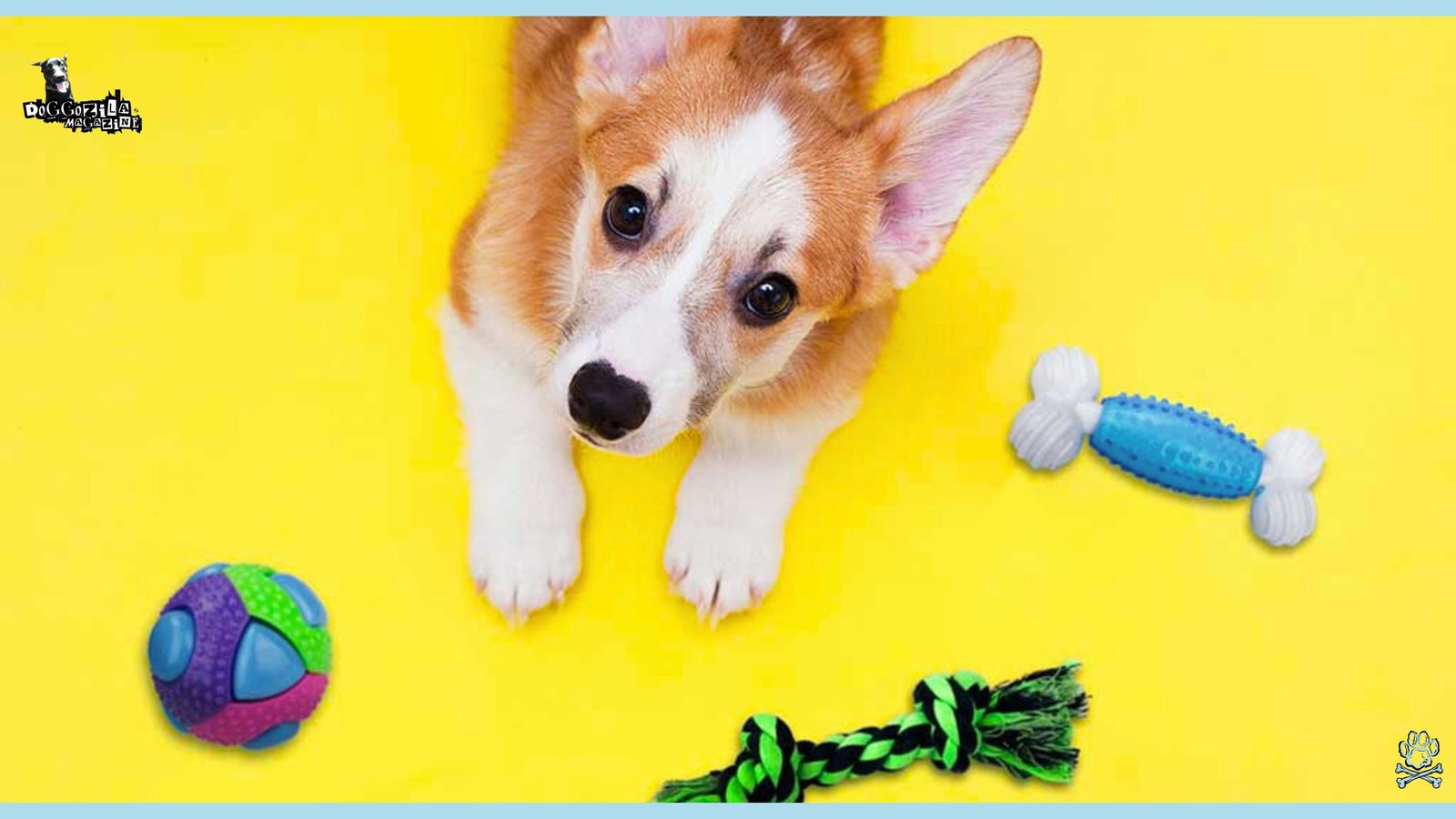
TEACHING PUPPIES VERSUS ADULTS TO CLEAN UP: TIMING, PATIENCE, AND PLAYFULNESS
Puppies are like sponges—ready to soak in new tricks, albeit with shorter attention spans. Adults, on the other hand, bring more patience and self-control, even if the learning curve starts slower. Tailoring your approach to their stage of development makes a big difference. With both, the golden rule is consistency wrapped in enthusiasm. Remember: training is a journey, not a destination.
Puppies and older dogs both shine in their own way during training.
When You Teach Your Dog to Clean Up Toys, Puppies Need Micro-Wins
Keep sessions short, about 3–5 minutes at first, and build from there. Celebrate every little win with verbal praise and physical excitement. Puppies respond brilliantly to high energy and rhythm. Use lots of squeaky encouragements, claps, or mini treat breaks. The more you engage their curiosity, the easier the learning becomes. Think of each session like a cartoon—short, silly, and packed with action.
Older Dogs Can Learn to Teach Your Dog to Clean Up Toys at a Slower Pace
Don’t let “old dog, new tricks” myths hold you back—adult dogs often learn better once you find what motivates them. Focus on clarity: use precise cues, consistent rewards, and avoid mixed signals. Older dogs appreciate structured feedback and benefit from slightly longer sessions. Introduce concepts gradually and always end on a success note. They may take longer to “click,” but their retention is often stronger. Keep it respectful and collaborative.
Puppies Love Rituals That Teach Your Dog to Clean Up Toys
Create fun pre-clean-up rituals, like a silly dance or a “last toy alert” jingle. This predictability builds anticipation and primes their minds for learning. Puppies love repetition with flair—it’s their version of routine. You can even add a special cleanup song (yes, really) that becomes their cue. The more playful your rituals, the more eager your pup will be to jump in. It’s about making training feel like their favorite game show.
🔑 Key Points: Use pet-safe scents on toys to help dogs categorize and retrieve them. Hide-and-seek clean-up games tap into natural hunting instincts.
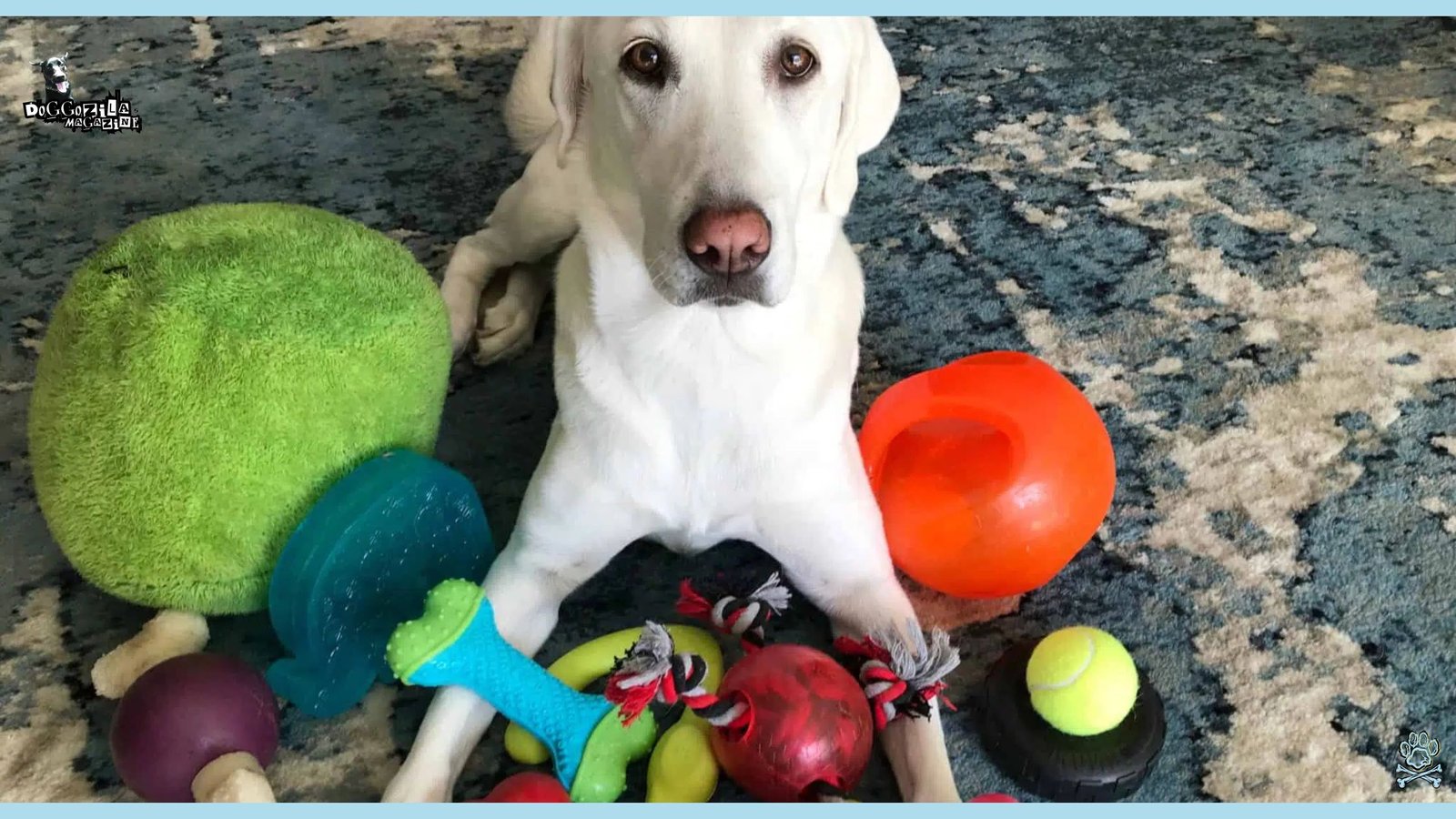
OVERCOMING COMMON CHALLENGES WHEN YOU TEACH YOUR DOG TO CLEAN UP TOYS
Even the best plans hit a snag—especially when your dog decides a squeaky toy is better off everywhere except the basket. But those challenges are also opportunities to fine-tune your approach. Maybe it’s a timing issue. Maybe it’s a motivation problem. Whatever the hurdle, it can be overcome with creativity and patience.
Training isn’t about perfection—it’s about persistence and playful problem-solving.
What to Do When Your Dog Drops the Toy Outside the Basket
It’s tempting to correct right away—but instead, think of it like a near success. Mark the behavior as “almost right” and gently redirect with your cue. You might need to reduce the distance between the drop zone and the basket. Make sure the basket itself isn’t intimidating—too small, unstable, or hard to access. Each attempt is data: adjust, tweak, retry. Celebrate small improvements. Over time, accuracy will sharpen.
If Your Dog Doesn’t Seem Interested, Reframe the Task as a New Game
Boredom is a learning killer. Change the location, use new toys, or introduce a surprise twist—a toy treasure hunt, perhaps? Some dogs respond better to novelty or added storytelling: “Find Mr. Ducky! He’s lost!” Emotional narrative connects deeply with a dog’s curiosity. Bring out the high-energy praise and test different reward types. Mix it up until the “clean-up dance” becomes their favorite encore.
For Easily Distracted Dogs, Teach your dog to Clean Up Toys in a Zen Zone
Start clean-up in a quiet, distraction-free area with minimal stimulation. This builds their focus and reinforces pattern recognition without sensory overload. Slowly introduce more variables once they demonstrate confidence. Dogs with high energy benefit from pre-cleaning play bursts to release excess energy first. Timing matters—avoid sessions during peak excitement or mealtimes. The more intentional your environment, the smoother the learning curve.
🔑 Key Points: Puppies: Short, energetic sessions with micro-wins and playful rituals. Adult Dogs: Slower, structured training with clear cues and patience for retention.
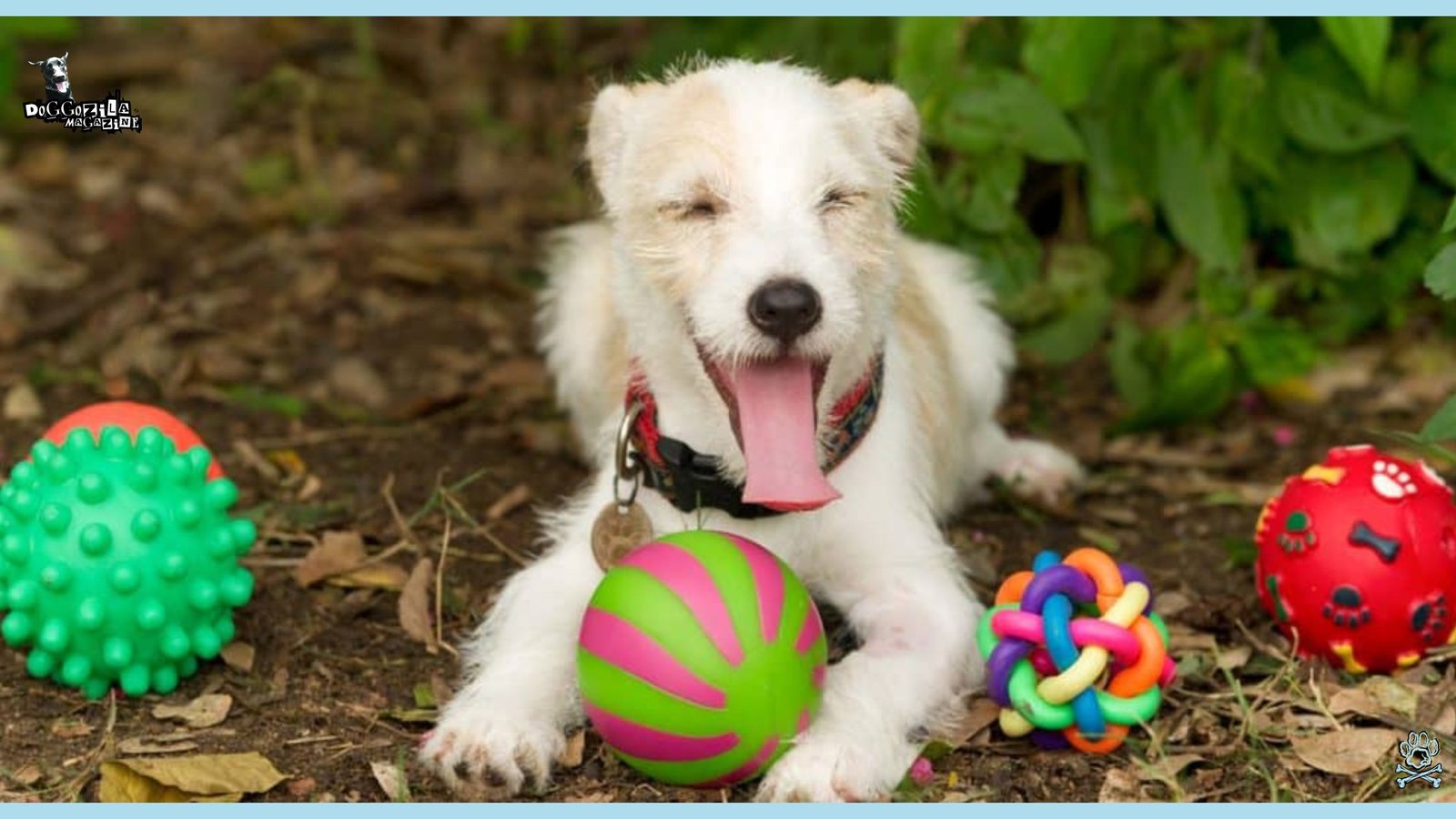
TOP FUN FACTS ABOUT TEACHING YOUR DOG TO TIDY UP THEIR TOYS
All these facts below are backed by science and tail-wagging excitement!
It’s A Reverse Heist (Literally!)
Dogs naturally hoard treasures (toys, bones, socks) in secret spots—a leftover instinct from wild ancestors who cached food. When you teach your dog to clean up toys, you’re hacking that wiring to make “storing” rewards in the bin feel like a victory! Research shows dogs get a dopamine hit when “completing” a task, so each toy dropped in the bin triggers their inner achievement high!
They Can Learn Faster Than a Toddler
With consistent training, most dogs master basic cleanup in 2–3 weeks—beating the average human toddler’s tidying skills by months! A UC San Diego study found dogs associate objects with locations 40% faster than primates. Why? Their spatial memory evolved to track prey and resources. Naming the bin (“Toy Vault!“) and using the same spot taps into this GPS-like brainpower.
Pro tip: Use a bin in a contrasting color (e.g., red on beige carpet)—dogs see blues/yellows best!
Cleanup Time = Canine Happiness Hour
For dogs, tidying isn’t chores—it’s a puzzle game they crave. Belgian Malinois in K9 scent-work trials showed 33% lower stress hormones when doing “search-and-deliver” tasks vs. idle time. Turning cleanup into a treasure hunt (e.g., hiding kibble under toys) activates their prefrontal cortex like a canine crossword.
The result? A calmer, more satisfied pup who wags while working!
Bonus Fun Fact
The world record for “Fastest Toy Cleanup by a Dog” is 47 seconds (22 toys into a bin!) – held by a Border Collie named “Tidy Tess” in 2022. 🏆
Why it matters: This isn’t just about neat floors—it’s brain yoga for your dog!

🐾

